Museum Barberini
The art museum showcases the unique collection of Impressionist paintings donated by its founder, Hasso Plattner, complemented by significant loans from around the world.
In addition to the traditional museums – the Potsdam Museum and the Potsdam Natural History Museum – a variety of other, including new, museums and memorial sites shape the museum landscape of the state capital Potsdam. These include, among others, the Museum Barberini in Potsdam's city center, the Film Museum Potsdam, and the Brandenburg Museum for the Future, Present, and History in the heart of the city, as well as museum houses in the historic quarters and memorial sites throughout Potsdam.
The oldest original restored house from the second city expansion is a gem of our city and an important testament to Potsdam's urban development. Interesting special exhibitions take place monthly.
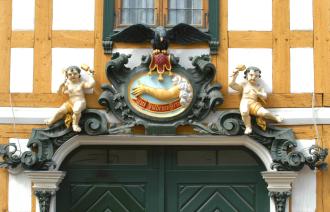
The small neighborhood museum tells the story of the more than 100-year history of the villages Nowawes and Neuendorf, and the difficult lives of the weavers and spinners who lived there.
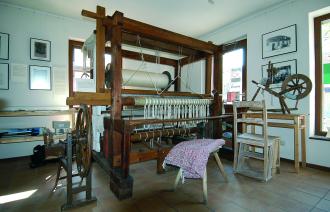
Nowawes Weavers' Room
The museum shows how orphaned children lived, learned, and worked here from 1724 to 1952. Henriette and Johann, who lived here about 200 years ago, guide visitors through the exhibition as comic characters. Visits are by appointment only.
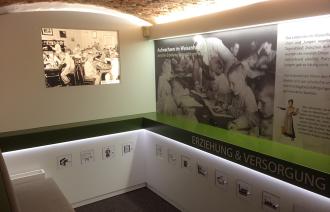
Orphanage Museum Potsdam
At Leistikowstraße 1, from 1945 to 1980, was the central interrogation prison of the Soviet military counterintelligence. The history of the building and the fates of the prisoners are the focus of the exhibition.
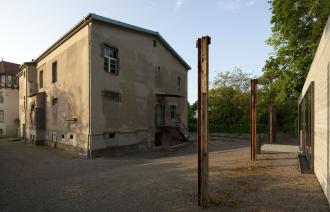
Memorial and Meeting Place Leistikowstraße Potsdam (© Friedemann Steinhausen)
Located in the heart of Potsdam's city center, the Lindenstrasse Memorial site stands as a testament to the history of political persecution and violence under various dictatorships in 20th-century Germany. It also symbolizes the triumph of democracy in the Peaceful Revolution of 1989/90.
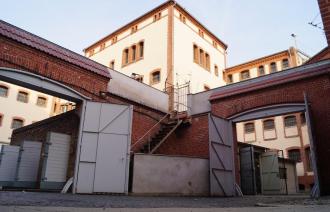
Lindenstrasse Memorial Site